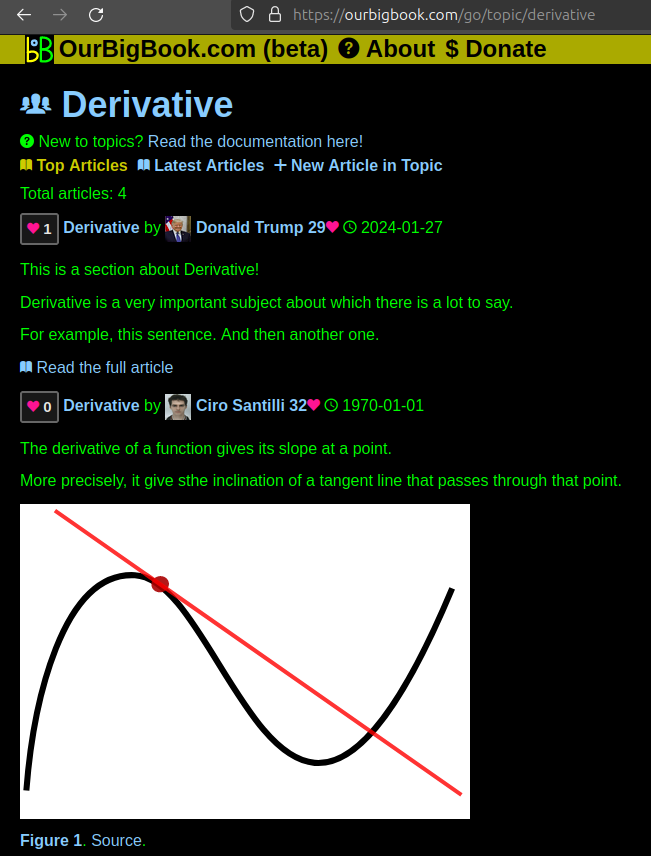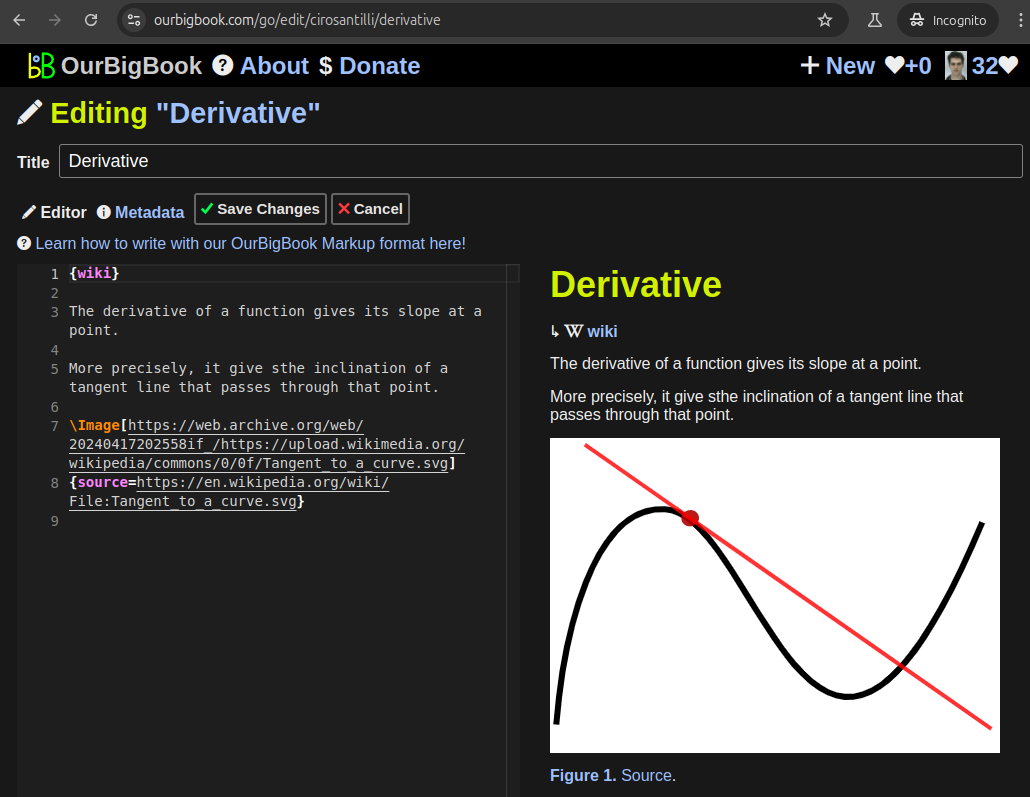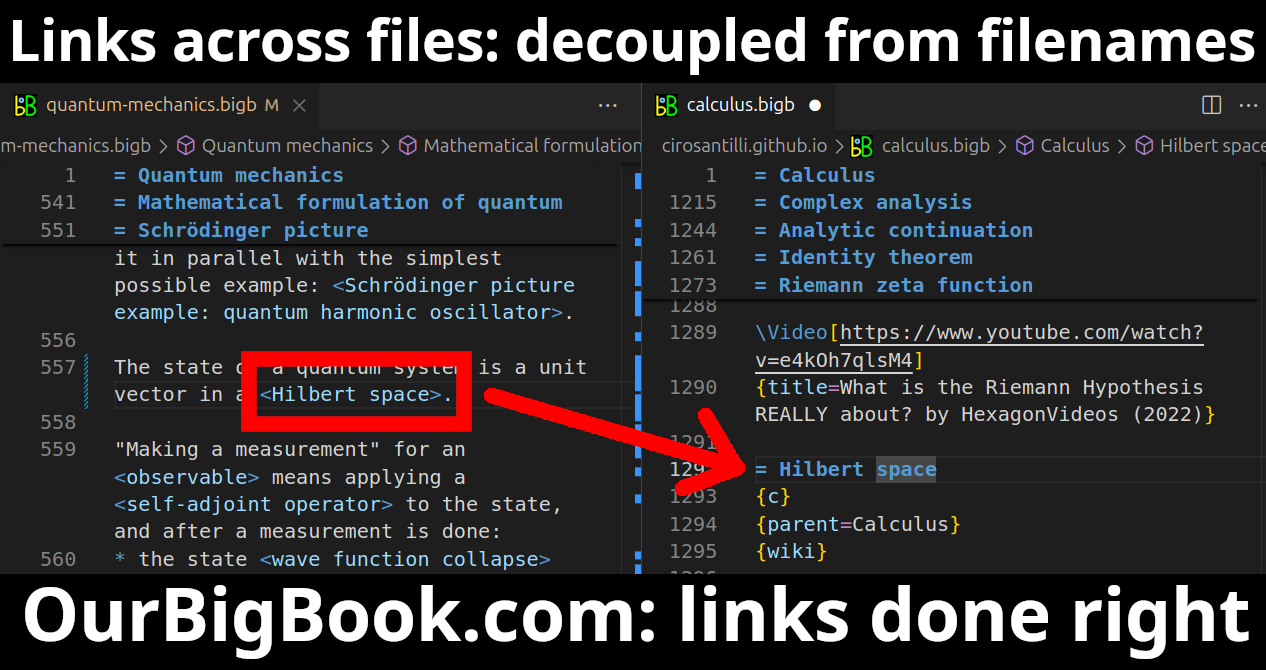The concept of the pseudospectrum arises in the field of numerical linear algebra and operator theory. It provides a way to analyze the behavior of matrices (or operators) in terms of their eigenvalues and stability, particularly in the presence of perturbations.
The Rybicki Press algorithm is a numerical technique used for simulating the radiation transfer of light in the context of astrophysics, particularly in the study of stellar atmospheres and the interaction of radiation with matter. It is often applied to solve problems related to spectral line formation and the transfer of radiation through a medium that may be inhomogeneous.
QR decomposition is a method in linear algebra for decomposing a matrix into the product of two matrices: an orthogonal matrix \( Q \) and an upper triangular matrix \( R \).
In the Book of Revelation, which is the final book of the New Testament in the Christian Bible, "The Beast" generally refers to a malevolent figure associated with the end times and the forces of evil. There are two main references to "The Beast" in Revelation: 1. **The Beast from the Sea (Revelation 13:1-10)**: This beast rises out of the sea and is often interpreted as representing political power or empires that oppose God.
Stone's method, also known as Stone's representation theorem or Stone's functional representation theorem, refers to a result in the field of functional analysis and topology related to the representation of certain types of functions, particularly Boolean functions or characteristic functions of Borel sets. More specifically, it deals with the representation of continuous functions on compact Hausdorff spaces. The essence of Stone's method lies in the relationship between algebraic structures of continuous functions and topological properties of the underlying space.
Successive Over-Relaxation (SOR) is an iterative method used to solve systems of linear equations, particularly those that arise from discretization of partial differential equations or in the context of numerical linear algebra. It is an extension of the Gauss-Seidel method and is used to accelerate the convergence of the iteration.
The "Curse of 39" refers to a superstition associated with the number 39 in connection with crime and misfortune, particularly in the context of organized crime in the United States. The phrase became notably associated with a supposed urban legend that claimed that anyone who was 39 years old at the time of their death would be cursed or face some kind of fateful consequence.
The Day-Year Principle is a method sometimes used in prophetic interpretation, particularly in biblical contexts. It suggests that a single day in a prophecy can represent a year in real life. This principle is often applied in studies of the prophetic texts of the Bible, such as in the books of Daniel and Revelation. For example, if a prophecy states a period of "390 days" of punishment, proponents of the Day-Year Principle might interpret this as 390 years of actual punishment.
In Germanic paganism, "Numbers" is not a specific term that refers to a particular concept or entity. However, numbers and counting can have significance in various cultural and religious contexts, as they often do in many spiritual traditions. Germanic paganism, broadly encompassing the beliefs and practices of pre-Christian Germanic tribes, may have attached certain meanings to numbers based on their cultural or mythological significance.
Cyprus is an island nation located in the eastern Mediterranean Sea, south of Turkey and west of Syria and Lebanon. It is the third largest island in the Mediterranean, after Sicily and Sardinia. Cyprus has a rich history that dates back thousands of years, and it has been influenced by various cultures and civilizations, including the Greeks, Romans, Byzantines, Ottomans, and the British.
Germany is comprised of 16 federal states, known as "Bundesländer." Each state has its own constitution, government, and distinctive cultural identity. Here’s a list of the 16 states of Germany: 1. **Baden-Württemberg** 2. **Bavaria (Bayern)** 3. **Berlin** 4. **Brandenburg** 5. **Bremen** 6. **Hamburg** 7. **Hesse (Hessen)** 8.
Continental Portugal refers to the portion of Portugal that is located on the mainland of Europe, as opposed to its islands, which include the Azores and Madeira. The term is often used to distinguish the mainland from these island regions. Continental Portugal encompasses the majority of the country's population and major cities, including Lisbon (the capital), Porto, and Coimbra, and features a diverse geography, including mountains, valleys, and a coastline along the Atlantic Ocean.
ITL 1 (Intermediate Tier Level 1) statistical regions of England are part of the statistical geography framework used by the Office for National Statistics (ONS) to collect, analyze, and publish data related to various aspects of England. These regions provide a way to aggregate data at a level that is more granular than broader categories (like regions) but larger than local areas (like counties or districts).
Italy is divided into 20 regions, each with its own distinct culture, history, and geography. Here’s an overview of the regions: 1. **Abruzzo** - Known for its mountains and national parks, it features a mix of coastal and inland areas. 2. **Basilicata** - A mountainous region between the Tyrrhenian and Ionian Seas, famous for its historical sites, including the Sassi of Matera.
The Republic of Ireland is a sovereign nation located on the island of Ireland, which it shares with Northern Ireland, a part of the United Kingdom. The capital and largest city of the Republic of Ireland is Dublin. It covers approximately 70,273 square kilometers (27,133 square miles) and has a population of about 5 million people.
South Italy generally refers to the southern region of the Italian Peninsula and encompasses several regions, which are known for their distinct culture, history, and landscape. The main regions often considered part of South Italy include: 1. **Campania** - Home to Naples, this region is famous for its coastal beauty, historical sites, and cuisine, including dishes like pizza.
The Belmont Bruins men's basketball statistical leaders typically include various categories such as points, rebounds, assists, steals, blocks, and more, often accumulating over the history of the program. For the most up-to-date and specific statistics, including individual player records and team achievements, you should check Belmont University's official athletics website or the latest athletics publications. General categories to look out for in their statistical leaders might include: 1. **Points**: Total points scored by a player in their career.
As of my last knowledge update in October 2023, the Boston College Eagles men's basketball program has had numerous standout players throughout its history. While I can't provide the latest statistics or updates, I can mention some of the historically significant statistical leaders in categories such as points, rebounds, assists, etc. - **Points Leader**: Doug Daugherty traditionally holds the record for career points. - **Rebounds Leader**: Players like John R.
As of my last knowledge update in October 2023, specific statistical leaders for the Charleston Cougars men's basketball team can change frequently due to the nature of college basketball seasons. Generally, statistical leaders are tracked in categories such as points, rebounds, assists, steals, and blocks for individual players.
Pinned article: Introduction to the OurBigBook Project
Welcome to the OurBigBook Project! Our goal is to create the perfect publishing platform for STEM subjects, and get university-level students to write the best free STEM tutorials ever.
Everyone is welcome to create an account and play with the site: ourbigbook.com/go/register. We belive that students themselves can write amazing tutorials, but teachers are welcome too. You can write about anything you want, it doesn't have to be STEM or even educational. Silly test content is very welcome and you won't be penalized in any way. Just keep it legal!
Intro to OurBigBook
. Source. We have two killer features:
- topics: topics group articles by different users with the same title, e.g. here is the topic for the "Fundamental Theorem of Calculus" ourbigbook.com/go/topic/fundamental-theorem-of-calculusArticles of different users are sorted by upvote within each article page. This feature is a bit like:
- a Wikipedia where each user can have their own version of each article
- a Q&A website like Stack Overflow, where multiple people can give their views on a given topic, and the best ones are sorted by upvote. Except you don't need to wait for someone to ask first, and any topic goes, no matter how narrow or broad
This feature makes it possible for readers to find better explanations of any topic created by other writers. And it allows writers to create an explanation in a place that readers might actually find it.Figure 1. Screenshot of the "Derivative" topic page. View it live at: ourbigbook.com/go/topic/derivativeVideo 2. OurBigBook Web topics demo. Source. - local editing: you can store all your personal knowledge base content locally in a plaintext markup format that can be edited locally and published either:This way you can be sure that even if OurBigBook.com were to go down one day (which we have no plans to do as it is quite cheap to host!), your content will still be perfectly readable as a static site.
- to OurBigBook.com to get awesome multi-user features like topics and likes
- as HTML files to a static website, which you can host yourself for free on many external providers like GitHub Pages, and remain in full control
Figure 3. Visual Studio Code extension installation.Figure 4. Visual Studio Code extension tree navigation.Figure 5. Web editor. You can also edit articles on the Web editor without installing anything locally.Video 3. Edit locally and publish demo. Source. This shows editing OurBigBook Markup and publishing it using the Visual Studio Code extension.Video 4. OurBigBook Visual Studio Code extension editing and navigation demo. Source. - Infinitely deep tables of contents:
All our software is open source and hosted at: github.com/ourbigbook/ourbigbook
Further documentation can be found at: docs.ourbigbook.com
Feel free to reach our to us for any help or suggestions: docs.ourbigbook.com/#contact






